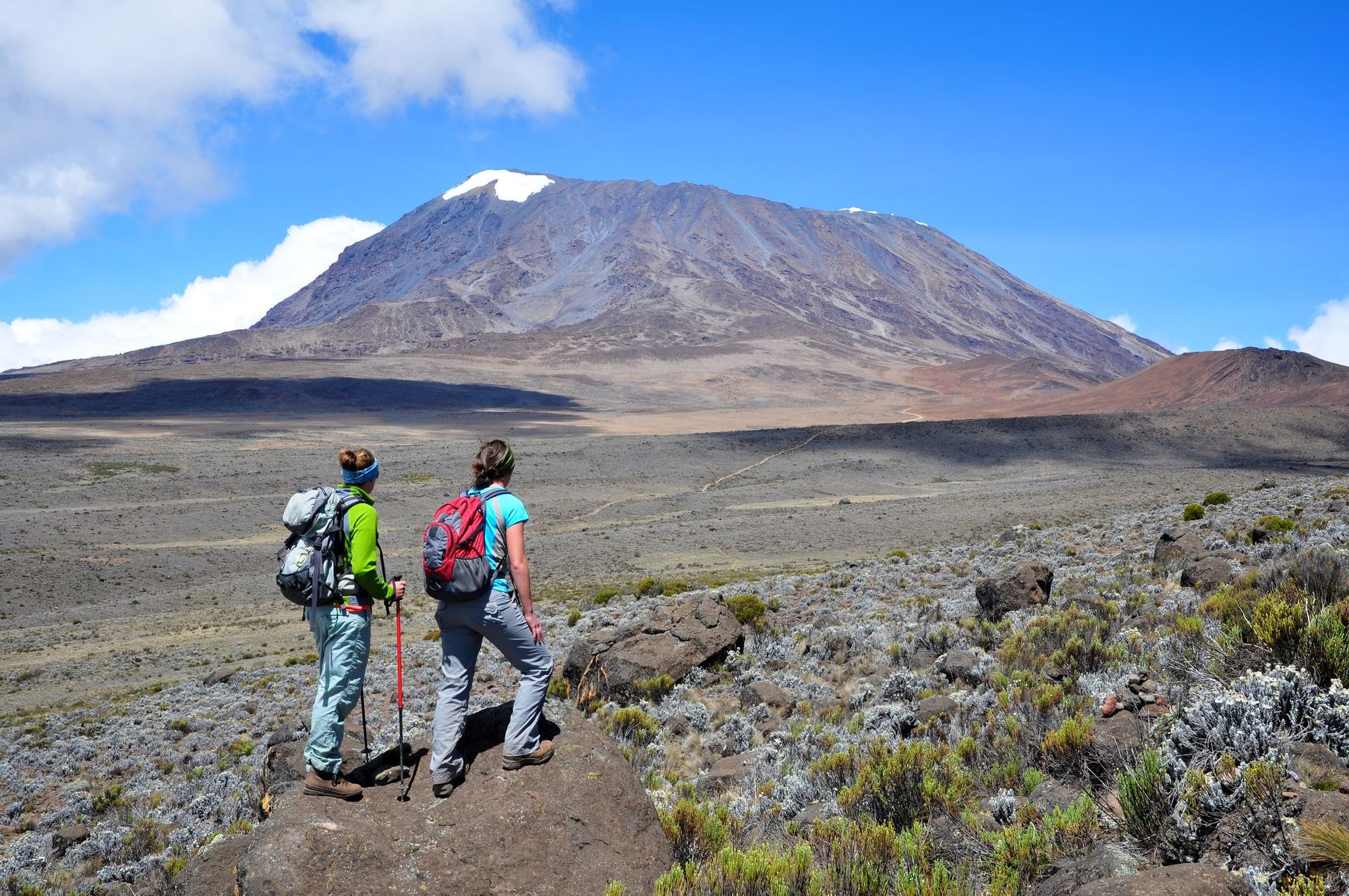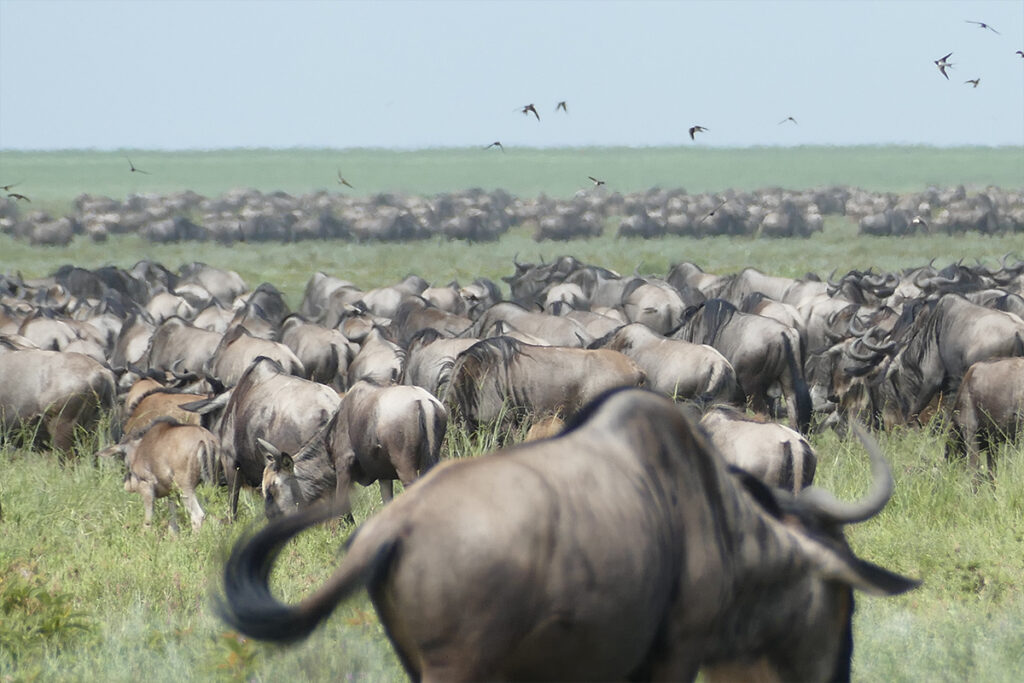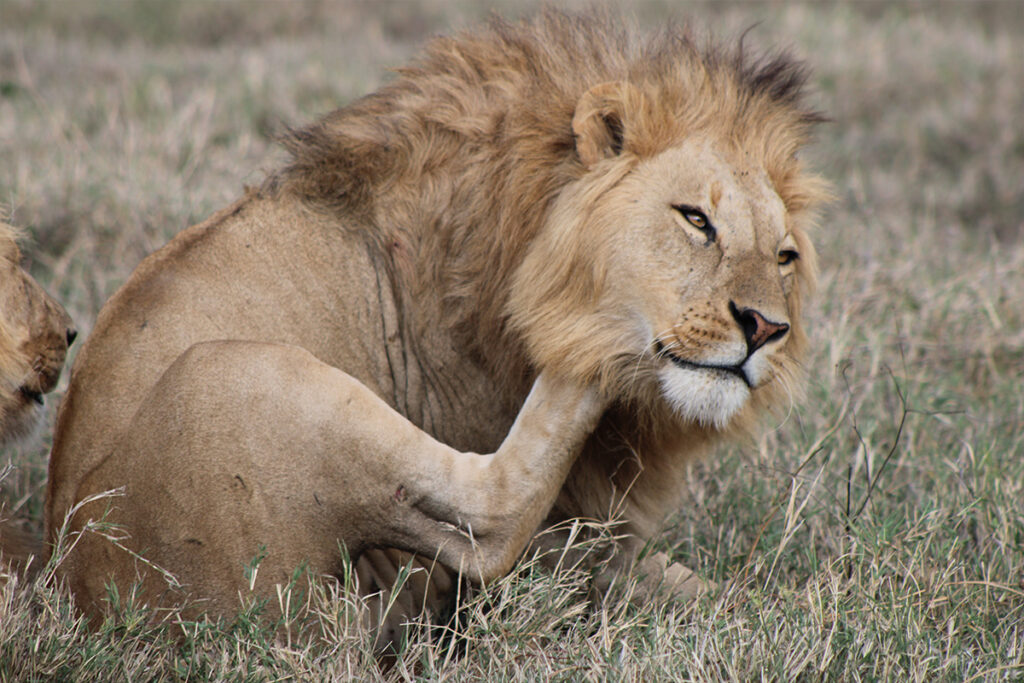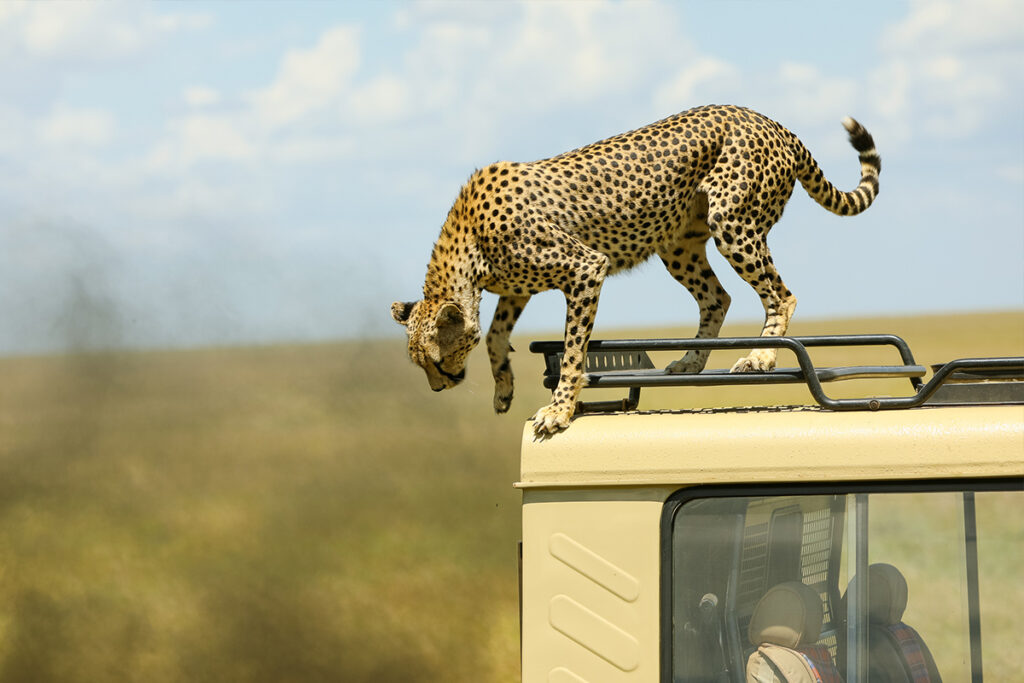Reaching the top of Mount Kilimanjaro is often considered a feat reserved for experienced climbers. However, many people do not know that the mountain, while daunting, is accessible even to first-time climbers with no prior hiking experience. Each year, thousands of beginners successfully summit Africa’s highest peak, fueled by determination and the guidance of expert tour operators.
Kilimanjaro, a famous landmark teeming with climbers since the first recorded summit in 1889, continues to attract adventurers worldwide. Statistics reveal that around 30,000 individuals attempt the climb annually, with a success rate of approximately 65%. The key lies in choosing the right route and taking the necessary acclimatization days to mitigate altitude sickness, enabling many beginners to achieve this once-in-a-lifetime triumph.

Can beginners climb Kilimanjaro?
Many beginners wonder if they can tackle the climb up Mount Kilimanjaro. Surprisingly, the mountain is quite accessible to novice climbers. This is because the trek mainly involves walking, not technical climbing skills. However, it’s still a challenging expedition that requires preparation and stamina. Beginners need to be physically fit and mentally prepared for the hike.
Several routes are available for reaching the summit, with varying degrees of difficulty and success rates. The Marangu route, often called the “Coca-Cola” route, is one of the easiest paths and is popular among first-timers. It offers gradual ascents and well-established huts for accommodation. Choosing the right route is vital for a successful climb. It’s important to select a path that matches one’s fitness level and experience.
Understanding the mountain’s climate is key to a successful climb. Kilimanjaro features five distinct climatic zones, from rainforest to arctic, making it essential to pack appropriate clothing. Here is a list of essentials:
- Warm clothing for cold nights
- Waterproof gear for rain and snow
- Sturdy hiking boots
- Adequate food and hydration supplies
Many beginners have successfully climbed Kilimanjaro with the help of expert guides. Local guides and porters play a crucial role in supporting climbers. They help by carrying heavy bags, setting up camps, and providing necessary medical assistance. With proper guidance, even those new to high-altitude trekking can reach the summit. Thousands of first-time climbers have proven that with determination and preparation, Kilimanjaro is within reach.
Understanding the basics of the climb and beginner friendliness
Climbing Mount Kilimanjaro is often less technical than many people imagine. The ascent is a long trek rather than a technical climb. This makes it accessible for beginners with no climbing experience. Still, it’s a physical challenge that requires good basic fitness. Many people successfully reach the summit with proper preparation and determination.
One of the fundamental aspects of the climb is adjusting to the altitude. Altitude sickness is a common challenge, even for seasoned climbers. It’s essential to take gradual acclimatization seriously, allowing the body to adjust to lower oxygen levels. The best routes for acclimatization are those that follow the “climb high, sleep low” principle. This strategy helps increase the chances of a successful summit.
Another key consideration is the duration of the trek. Most climbs are planned over seven to nine days. This timeframe allows for better acclimatization and reduces the risk of altitude sickness. Here’s a breakdown of some popular routes and their recommended durations:
| Route | Duration |
|---|---|
| Marangu | 5-6 days |
| Machu Picchu | 6-8 days |
| Lemosho | 7-9 days |
Guided tours are often the best option for beginners. Professional guides provide valuable assistance and support throughout the climb. They also offer insights about the environment and local culture. Reliable tour operators ensure a well-organized and safe trek. This expertise makes the climb more accessible for first-time adventurers.
The essential preparations for a Kilimanjaro trek
Preparing for a trek up Mount Kilimanjaro involves several key steps. The first is ensuring you’re physically fit and ready for the journey. Cardiovascular exercises such as hiking, running, and cycling can be very helpful. Consistent training over a few months can build the endurance needed. It’s crucial to start your preparation well in advance.
Packing the right gear is another vital part of preparation. Having the correct equipment ensures safety and comfort during the trek. Important items include:
- Layered clothing for varying temperatures
- Waterproof jacket and pants
- Solid hiking boots
- Headlamp with extra batteries
Choosing the right tour company is also essential. Good operators provide experienced guides and support staff to assist along the way. They help with logistics, food, and medical support. Additionally, reputable companies usually have a high success rate in reaching the summit. Research is key to finding a company that matches your needs.
Finally, it’s vital to understand and prepare for the altitude. Understanding symptoms of altitude sickness and how to manage them can prevent serious health issues. Taking it slow and allowing your body to acclimatize is crucial. Many climbers find it helpful to talk with their doctors about medications. Proper preparation can turn a daunting climb into an unforgettable adventure.
Success rates and experiences of beginners on Kilimanjaro
Reaching the top of Mount Kilimanjaro is a remarkable achievement, especially for beginners. Many first-timers embark on this adventure, and surprisingly, a significant number succeed. The overall summit success rate ranges from 60% to 70%, with the exact rate depending on the chosen route and each individual’s physical preparedness. Tramways like the Lemosho and Northern Circuit have higher success rates due to longer acclimatization periods. Beginners often choose these routes to increase their chances.
Experiences on Kilimanjaro vary widely, but many share a common sense of awe and accomplishment. Climbers often talk about the stunning landscapes, from lush rainforests to icy peaks. Despite the challenges, nearly all agree that the view from the top is worth every effort. Here’s a snapshot of typical stages on the Lemosho route:
| Day | Stage | Description |
|---|---|---|
| 1 | Londorossi Gate to Mti Mkubwa | A start in lush forest terrain |
| 3 | Shira Camp 1 to Shira Camp 2 | Hiking across the Shira Plateau |
| 6 | Barafu Camp to Summit | Challenging night trek to the peak |
Training and equipment significantly contribute to a beginner’s success. Many climbers credit their preparation and choice in gear for their achievements. Proper clothing, hydration systems, and trek poles make getting to the top smoother. However, mental determination is equally important in overcoming unexpected hurdles. Climbers share stories of pushing their limits, developing resilience, and discovering inner strengths.
Nevertheless, facing altitude sickness is a common challenge for many climbers. Even with preparations, some people still experience symptoms like headaches and nausea. Medical checks and support from guides can help manage these issues. Successful climbers emphasize not rushing the process and paying attention to their bodies. With patience and perseverance, many beginners find reaching the summit a realistic goal.
Although the climb is demanding, the camaraderie among climbers is memorable. Shared stories and encouragements foster lifelong friendships on the trail. Beginners often feel supported by more experienced hikers and dedicated guides. This sense of community can uplift spirits and motivate climbers to continue. Ultimately, those who take on Kilimanjaro leave with more than a completed journey—they gain unforgettable experiences and treasured bonds.
Frequently Asked Questions
Climbing Mount Kilimanjaro is a thrilling adventure that many dream of experiencing. For those considering the challenge, it’s helpful to know more about different aspects of the climb, from preparation to what awaits at the summit.
1. What are the main routes for climbing Kilimanjaro?
There are several main routes, each offering unique views and experiences. The most popular routes include Marangu, Machame, Lemosho, Rongai, and Northern Circuit. Each route varies in length, scenery, and acclimatization profile. The Machame route, for instance, is often preferred for its diverse landscapes and high success rates.
Choosing the right path depends on personal preference and fitness levels. While the Marangu route is shorter, it has a lower success rate due to its rapid ascent. Longer routes like Lemosho offer better acclimatization, improving chances of reaching the summit. Guides often recommend the Northern Circuit for its scenic beauty and gradual climb.
2. How do climbers handle altitude sickness on Kilimanjaro?
Altitude sickness is a common concern due to the mountain’s height. Symptoms include headaches, nausea, and dizziness. Climbers manage this by following a slow ascent, drinking plenty of water, and resting adequately. Medications like acetazolamide can also help, but consulting a doctor beforehand is advised.
Guides play a crucial role in monitoring climbers for altitude sickness symptoms. They may advise turning back if symptoms worsen. Choosing routes that allow ample acclimatization time helps mitigate the effects of altitude. Proper acclimatization is essential for a safe and successful climb.
3. What gear is essential for a Kilimanjaro trek?
Essential gear ensures safety and comfort during the climb. Climbers require warm, layered clothing to combat varying temperatures, especially near the summit. Waterproof gear is necessary for sudden rainfalls. A sturdy pair of hiking boots and a comfortable backpack are also crucial.
Additional gear includes walking poles to aid in stability and prevent fatigue. A headlamp is important for early morning summit attempts, where light conditions can be low. Good-quality sleeping bags, hydration systems, and sun protection gear are must-haves for an enjoyable trek.
4. Are there age restrictions for climbing Kilimanjaro?
The minimum age to climb Kilimanjaro is generally 10 years, due to the physical demands. However, children must be well-prepared and capable of handling the altitude. Young climbers should train adequately and consult doctors for health assessments. Families often choose less strenuous routes for younger members.
For adults, there is no upper age limit, though fitness and health are crucial. Older climbers should consider a medical check-up before undertaking the ascent. If in good health, seniors can successfully summit, bringing diverse age ranges to the mountain’s adventure.
5. What is the best time of year to climb Kilimanjaro?
The best times to climb are during the dry seasons, from January to mid-March and June to October. These months feature more stable weather, making the trails safer and the experience more enjoyable. The landscape is clearer, offering breathtaking views of the surrounding region.
Weather conditions outside these peak periods can be harsh, with heavy rains making trails slippery. Many climbers avoid the rainy months of April, May, and November. Properly timing the climb maximizes chances of reaching the summit under the best conditions.
Conclusion
Climbing Kilimanjaro is a unique experience that appeals to adventurers worldwide. Despite being accessible to beginners, it demands thorough preparation and fitness. With proper planning, guidance, and determination, climbers can achieve this personal milestone. The mountain’s diverse routes offer something for everyone, enhancing the overall journey.
The allure of Kilimanjaro lies not only in reaching its summit but also in the personal growth achieved along the way. Trekkers return with stories of resilience and camaraderie. Whether for the breathtaking views or the profound sense of accomplishment, climbing Kilimanjaro remains a defining adventure for many.



